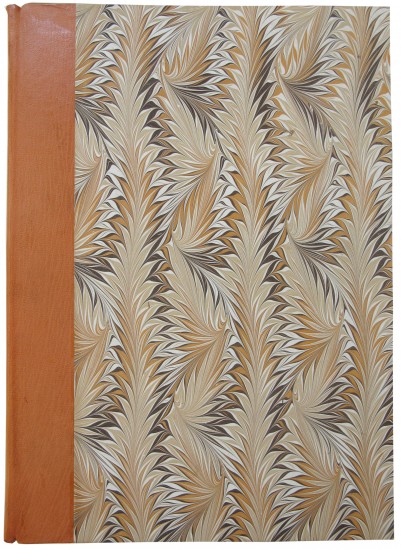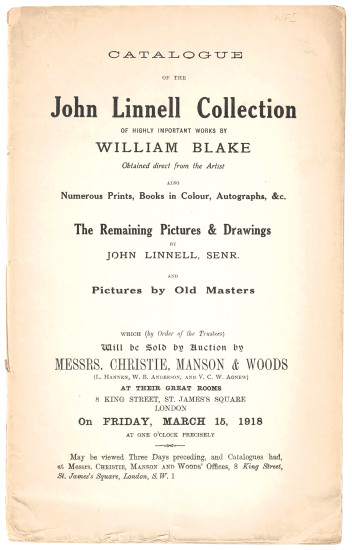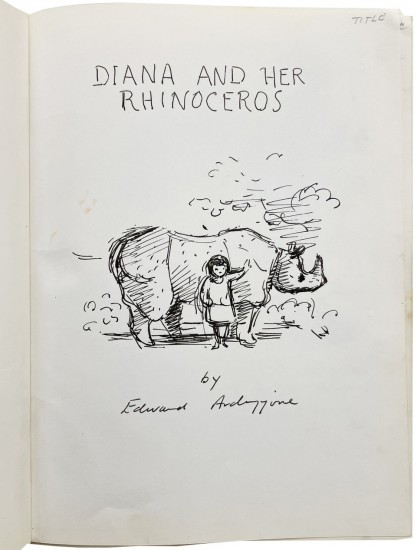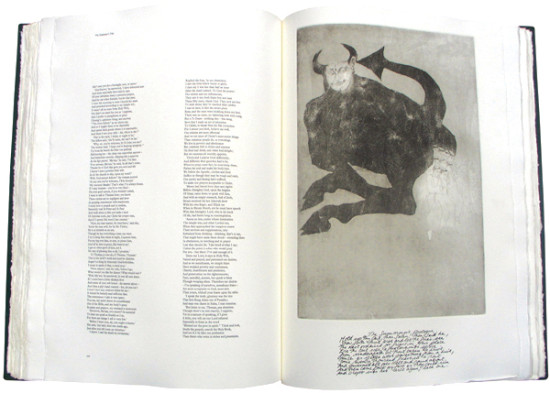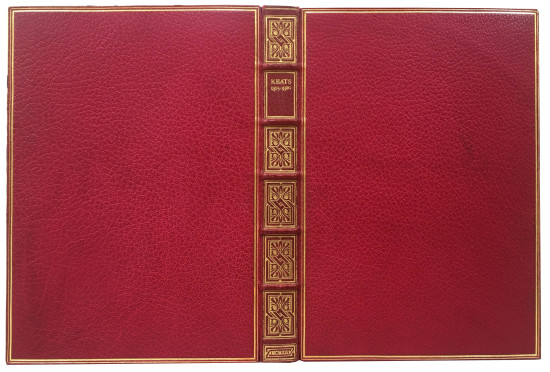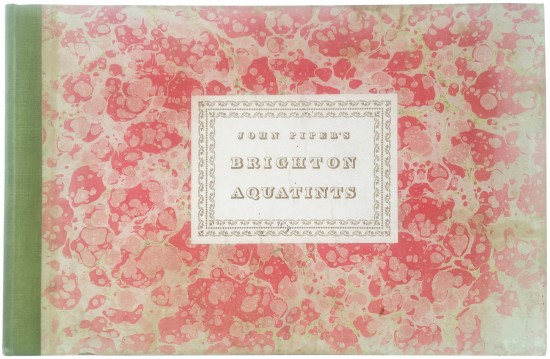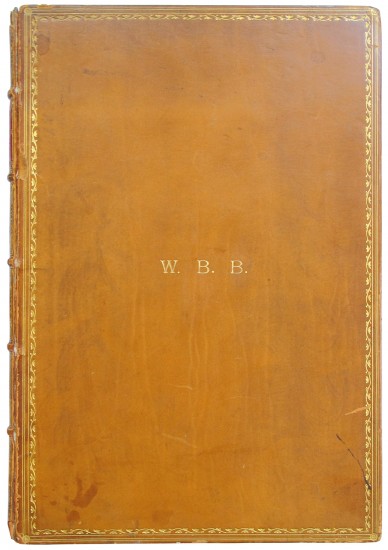TO-MORROW. VOL. 1 No. 1. (AUGUST, 1924) - VOL. 1 No. 2. (SEPTEMBER, 1924). (All Published)
Yeats, William Butler, Lennox Robinson, Joseph Campbell, Charlotte Arthur, Arthur Symons et al. Stuart, Henry Francis Montgomery & Cecil Salkeld (Eds.)
Dublin. 1924
The rare, short-lived and suppressed Irish literary periodical 'TO-MORROW' with the first appearance of Yeats' 'Leda and the Swan'.
Edited by Cecil Salkeld and Henry Stuart, 'TO-MORROW', despite its optimistic and future-looking title and the solicitation for content and subscription announcements, saw only two issues in 1924, for August and September. The editors had, however, secured contributions, a poem ('TO-MORROW' saw the first publication of 'Leda and the Swan') and an anonymous editorial, from Nobel Laureate W. B. Yeats, Liam O'Flaherty and Lennox Robinson as well as many others (see below) and aimed to publish a forum for new Irish poetry and prose that was inclusive and expansive. Unfortunately, 'TO-MORROW' was also controversial and was suppressed despite the support of Yeats and others; not only did 'TO-MORROW' fail to invigorate Irish art and bring about a free Irish Renaissance, it helped usher in a climate of further repression, supression and censorship.
The first issue included prose works such as O'Flaherty's 'A Red Petticoat', Robinson's 'The Madonna of Slieve Dun', Salkeld's 'The Principles of Painting', Margaret Barrington's 'Colour' and L. K. Emery's manifesto-like 'A Primitive'. Yeats' 'Leda and the Swan' led the poetry section that also included work by Charlotte Arthur, F. R. Higgins, Joseph Campbell and R. N. D. Wilson. A sonnet in German by O. F. Fleck was also published.
The second issue was in similar format, a mixture of prose and poetry, opening with Arthur Symons' appreciation of Honoré Daumier, featuring the conclusion of Salkeld's 'The Principles of Painting', as well as 'The Poplar Road' by Iseult Stuart, H. Stuart's 'In the Hour Before Dawn', 'The Garden' by Sachka and 'The Tendencies of the Younger Irish Poetry' by L. K. Emery. Poetry included further contributions from Charlotte Arthur, R. N. D. Wilson and F. R. Higgins as well as a poem by Blanaid Salkeld. O. F. FLeck contributed another poem, 'An P'. Each issue included a large woodcut by Cecil Salkeld.
'In August 1924, a small literary magazine, To-Morrow, went on sale in Dublin. As its title implies, the magazine's editors, Francis Stuart and Cecil Salkeld, were buoyed with optimism. They hoped for a new cultural movement in the arts that would parallel its development and, in turn, influence the newly founded Irish Free State.' (Bernard McKenna).
'My dream is a wild paper of the young which will make enemies everywhere and suffer suppression, I hope a number of times, with the logical assertion, with all fitting deductions, of the immortality of the soul.' (Yeats writing to Olivia Shakespeare).
'TO-MORROW' is necessarily fragile and the present copy has been folded in half with ensuing wear. The first issue does have small areas of discolouration and slight separation along the fold but is otherwise good; the second issue is in good condition.
[see Bernard McKenna's 'Yeats, 'Leda', and the Aesthetics of To-Morrow: 'The Immortality of the Soul', in Vol. 13, No. 2 of the 'New Hibernia Review', 2009].
Edited by Cecil Salkeld and Henry Stuart, 'TO-MORROW', despite its optimistic and future-looking title and the solicitation for content and subscription announcements, saw only two issues in 1924, for August and September. The editors had, however, secured contributions, a poem ('TO-MORROW' saw the first publication of 'Leda and the Swan') and an anonymous editorial, from Nobel Laureate W. B. Yeats, Liam O'Flaherty and Lennox Robinson as well as many others (see below) and aimed to publish a forum for new Irish poetry and prose that was inclusive and expansive. Unfortunately, 'TO-MORROW' was also controversial and was suppressed despite the support of Yeats and others; not only did 'TO-MORROW' fail to invigorate Irish art and bring about a free Irish Renaissance, it helped usher in a climate of further repression, supression and censorship.
The first issue included prose works such as O'Flaherty's 'A Red Petticoat', Robinson's 'The Madonna of Slieve Dun', Salkeld's 'The Principles of Painting', Margaret Barrington's 'Colour' and L. K. Emery's manifesto-like 'A Primitive'. Yeats' 'Leda and the Swan' led the poetry section that also included work by Charlotte Arthur, F. R. Higgins, Joseph Campbell and R. N. D. Wilson. A sonnet in German by O. F. Fleck was also published.
The second issue was in similar format, a mixture of prose and poetry, opening with Arthur Symons' appreciation of Honoré Daumier, featuring the conclusion of Salkeld's 'The Principles of Painting', as well as 'The Poplar Road' by Iseult Stuart, H. Stuart's 'In the Hour Before Dawn', 'The Garden' by Sachka and 'The Tendencies of the Younger Irish Poetry' by L. K. Emery. Poetry included further contributions from Charlotte Arthur, R. N. D. Wilson and F. R. Higgins as well as a poem by Blanaid Salkeld. O. F. FLeck contributed another poem, 'An P'. Each issue included a large woodcut by Cecil Salkeld.
'In August 1924, a small literary magazine, To-Morrow, went on sale in Dublin. As its title implies, the magazine's editors, Francis Stuart and Cecil Salkeld, were buoyed with optimism. They hoped for a new cultural movement in the arts that would parallel its development and, in turn, influence the newly founded Irish Free State.' (Bernard McKenna).
'My dream is a wild paper of the young which will make enemies everywhere and suffer suppression, I hope a number of times, with the logical assertion, with all fitting deductions, of the immortality of the soul.' (Yeats writing to Olivia Shakespeare).
'TO-MORROW' is necessarily fragile and the present copy has been folded in half with ensuing wear. The first issue does have small areas of discolouration and slight separation along the fold but is otherwise good; the second issue is in good condition.
[see Bernard McKenna's 'Yeats, 'Leda', and the Aesthetics of To-Morrow: 'The Immortality of the Soul', in Vol. 13, No. 2 of the 'New Hibernia Review', 2009].
[2 bifolia: pp. 8; bifolium + inserted leaf: pp. 6]. 2 issues. Large folio. (448 x 288 mm). Printed text recto and verso in English (and German) in columns throughout, large monochrome woodcut illustration by Cecil Salkeld to each issue. Loose as issued.
#47988

